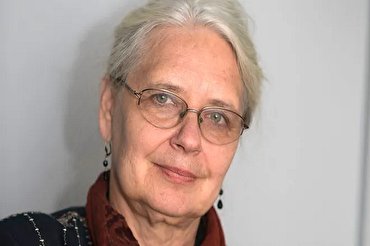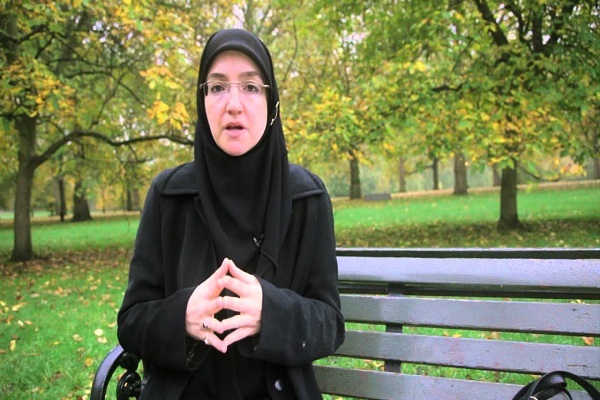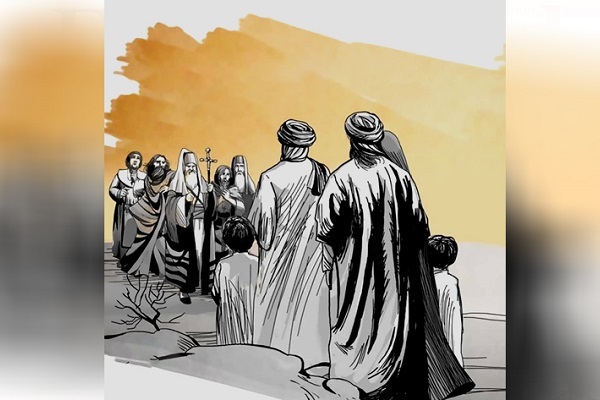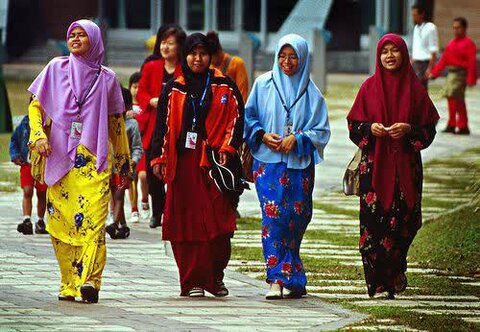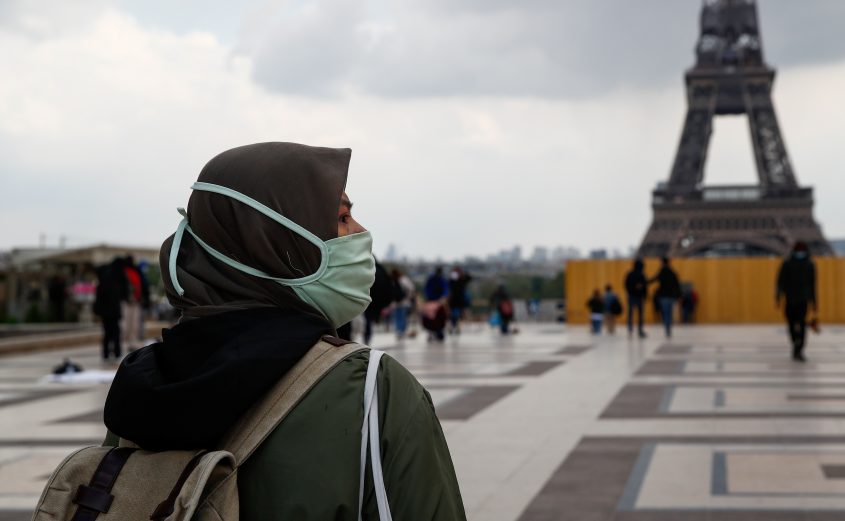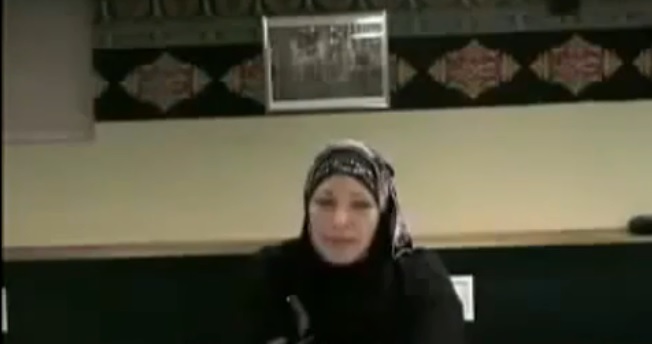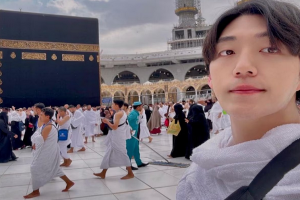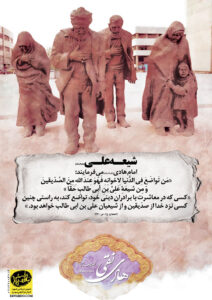According to rahyafte (the missionaries and converts website) Hamtramck became the first city in the US to have a majority-Muslim population in 2013 and later became the first city in the country to elect a majority-Muslim city council.
Mayor Karen Majewski recently talked about the city and its Muslim residents:
The town of Hamtramck has long been known for its Polish ancestry, and is now known as the first town in North America with a Muslim majority. What do you think these changes can do for the town?
Majewski: This is a sign that we are a living city, one with a continuing identity as an immigrant and multi-ethnic community that provides a pathway for newcomers to this country. Every group that comes to Hamtramck is part of its continuing transformation, evidence that the American dream is still alive, and that this nation is meant to be a work in progress, never a finished product. It gives us an opportunity to honor our history as an immigrant community, while recognizing that is also our future, and even a model for the nation as a whole.
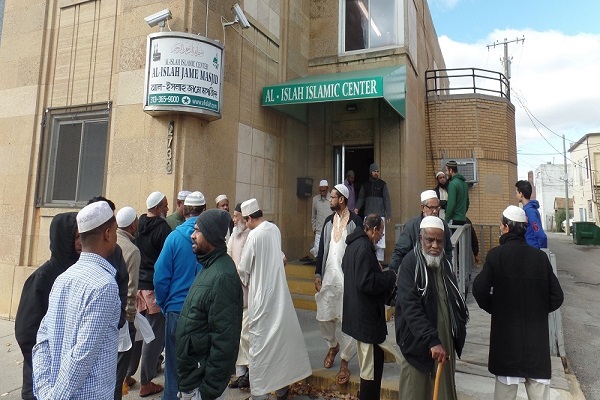
Can you explain more about the main reason for the increase in the Muslim population?
Majewski: The increase in the Muslim population is the result of much the same motives and follows much the same pattern of immigration in general. It follows the classic pattern of chain migration, in which immigrants are followed by other family members and neighbors, they create institutions and an infrastructure that attracts more of their countrymen, while news of jobs and economic opportunity inspire other immigrants to join them. This has always been the way immigrant communities are formed. These are the pull factors. Often these are supported by push factors—conditions in the homeland that make life there more difficult, including war, political instability, lack of economic opportunity, and ethnic tensions. For the growing Yemeni community in Hamtramck, the civil war in Yemen certainly makes a new life abroad more attractive. We also saw a Bosnian community develop here during the Balkan Wars of the 1990s. When those conflicts largely ended, so did that immigration. Although we’ve had a Ukrainian community in Hamtramck for over 100 years, conflicts with Russia in Ukraine are also drawing a new cohort of Ukrainians to Hamtramck—all the more so because they have a well-established institutional and social foundation to fit into. On the other hand, once Communism ended in Poland and the country became part of the European Union, the opportunities offered by America were less enticing and immigration fell rapidly. So whether we’re talking about groups of largely Muslim immigrants or those from other parts of the world, we’re really looking at the same kinds of motivations that attract newcomers to the US and to any one community in particular.
In America, some views on Muslims are negative. What is the attitude of the town of Hamtramck and its non-Muslim residents towards Muslims?
Majewski: Individual attitudes vary widely, but it’s important to recognize that Hamtramck day to day life and relationships between neighbors aren’t determined solely by religion. We live very close to one another, on small lots, and each street holds households of various backgrounds. For the most part, people get along with each other, they find ways to communicate with each other, and they learn from each other. Sometimes they come into conflict with each other, and sometimes those conflicts get interpreted—whether by the individuals themselves or by others—as ethnic or religious, when they may be the normal issues that come up between neighbors living in close quarters. I often say that Hamtramck isn’t Disneyland, but that the thing that makes us so interesting to outsiders trying to understand the city is that, because we live with each other, shop in the same stores, share the same streets, smell each other’s food, hear each other’s languages, we aren’t able—like so many in the suburbs—to withdraw behind our privacy fences and ignore each other. That means that conflicts can become visible, rather than hidden. At the same time, we are forced to come to know something about each other, and to learn to live together.
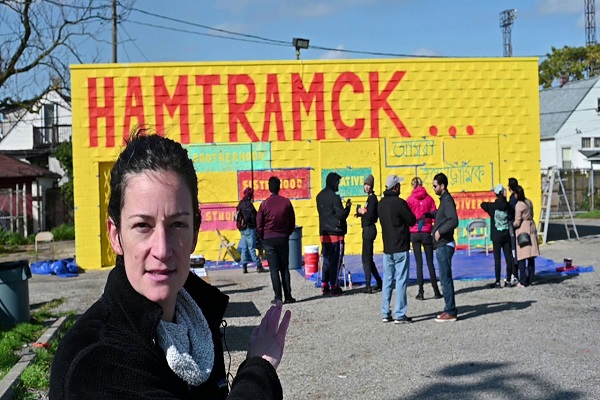
What have been the effects of the Muslim presence in Hamtramck?
Majewski: The Muslim communities have definitely created a visible presence in Hamtramck, whether it is in businesses that serve their needs (but are patronized cross-culturally), in the presence of people dressed in non-western clothing, in accommodations made by the city administration and the school system to particular religious needs like holiday celebrations and the serving of Halal meals. And of course the sound of the Call to Prayer (Adhan) is added to that of church bells across Hamtramck. I think most would agree that this contributes to Hamtramck’s richness and uniqueness.
Additionally, political power in Hamtramck is shifting with a Muslim majority council. But I always caution people to not think of “Muslims” as a monolith, anymore than they think of “Christians” as one group. There is competition between (and among) Muslims from different countries, with different political beliefs, social backgrounds, gender identities, etc., and it is overly simplistic to think of “Muslims” as one united group, or even as Yemeni Muslims or Bangladeshi Muslims as united among themselves. And once again, this is normal within all ethnic communities. Someone once said to me that they wished Bangladeshis could be united like the Polish are. That is immensely funny to anyone who is Polish, as that “community” is also made up of different generations, political persuasions, immigrant cohorts, etc. Reality is much richer and more complex.
What are Hamtramck town’s biggest challenges right now?
Majewski: Hamtramck’s biggest challenge has always been our economic viability. We are a small, economically disadvantaged community that has always struggled to provide the services our residents deserve within limited means.
What do you think can be done to increase friendly relations between Muslims and non-Muslims in Hamtramck?
Majewski: Everyone must reach out, not just one side or the other. We all have much to learn from each other. It’s perfectly understandable and even normal that groups will gravitate toward (and tend to vote for) people who—literally and figuratively—“speak their language”: who they feel will understand their experience, know their history, and represent their interests. But all have an obligation to learn something about each other and listen to each other’s concerns in open communication. This is something that I think the residents of Hamtramck are in an especially strong position to do, because we DO come in contact with each other every day, in our businesses, on our streets, from our own front porches. And that’s something that can’t happen so easily in many other places.
I also think that community leaders, whether they be religious leaders, political influencers, business people, or whomever, have a special obligation to build alliances, and look for ways to create opportunities to bring people together while modeling tolerance and openness. There are some such efforts in Hamtramck, but often each group lives in its own bubble and leaders are concentrated—perhaps understandably so—on their own communities without seizing this unique opportunity Hamtramck offers to create something that also serves the wider human family.
Interview by Mohammad Hassan Goodarzi
source: iqna
